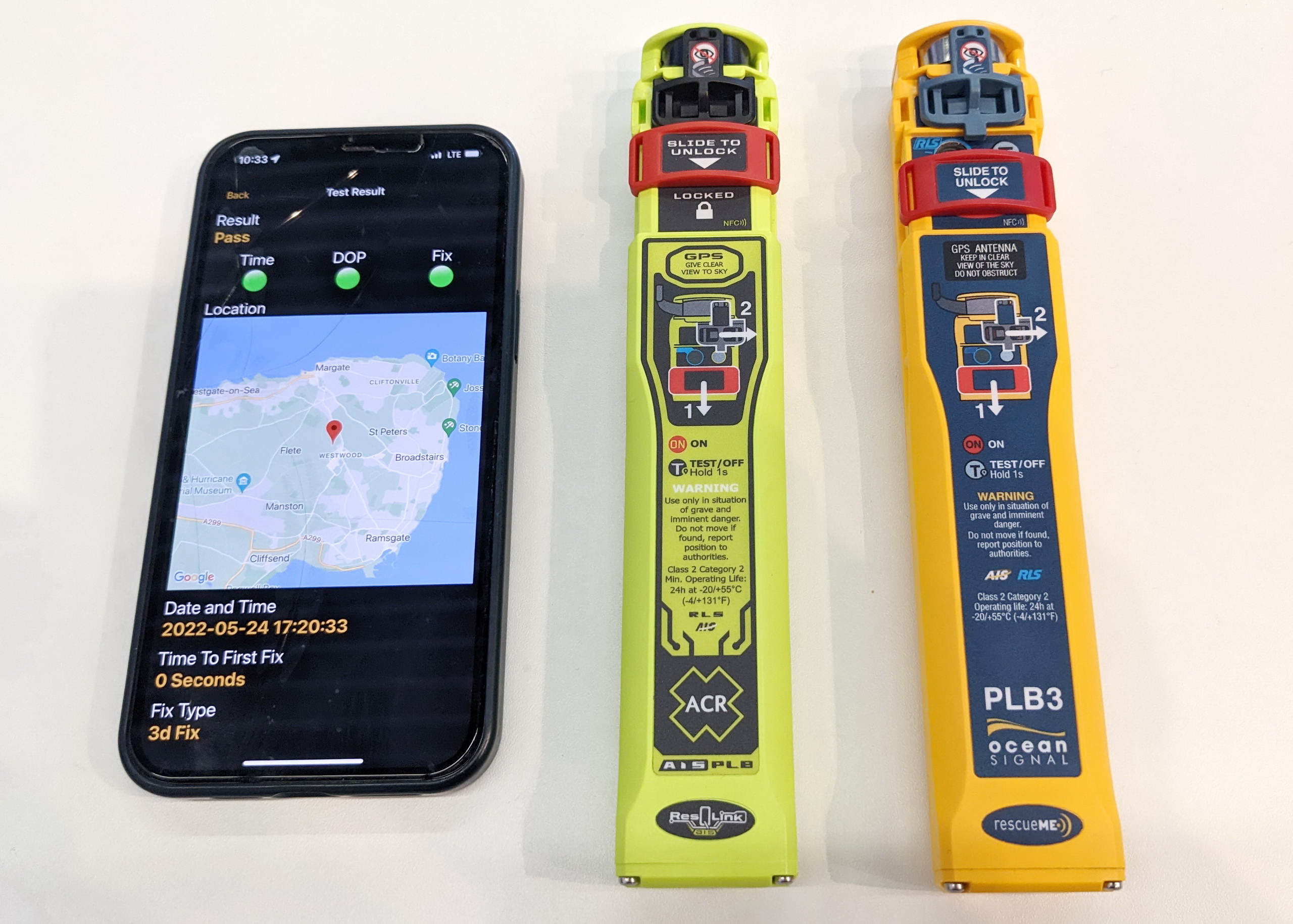AIS on SAR planes, plus a chip

C.A.P. Major Tim Strickland wrote in: “In my free time, I’m doing an experiment to track Civil Air Patrol Search & Rescue aircraft using the AIS SAR Aircraft Position Report (AIS Message 9) in maritime environments. There’s interest in other SAR air assets doing the same, and curiosity on whether vessels can (they should) see these aircraft when they’re transmitting. Have you seen much regarding the use of AIS Message 9? I’ve gotten one aviation AIS transponder company to loan a unit to test/demonstrate this and perhaps pursue migration to AIS Message 25 (BFT). I’m looking for a low-cost receive, display & chart (with land, not just marine maps).” I know nothing about this SAR Aircraft message, but am hoping someone can educate us in the comments section (or you can email Tim directly).
Meanwhile, if you’re thinking about building AIS transponders, CML Microcircuits wants you to check out their dedicated CMX processors. Their site is mostly above my head, but I think it’s another sign that AIS may get smaller and less expensive at a rapid rate. By the way, PMY has started to post my columns again, including my March one on Class B.
PS 3/13 Good question from Tim Flanagan, now at Navagear.com, who’s writing an article on the potential value of “Synthetic AIS”: “Is anybody broadcasting aids-to-navigation, hazards-to-navigation, or vessel-in-distress info from equipment NOT installed upon the affected vessel or object? By the way, have you encountered any nomenclature to describe this, besides Synthetic AIS and Virtual AIS?”













We see SAR aircraft equipped with AIS in Scandinavia quite frequently, and our Yacht-AIS displays them on the screen. AFAIK, the CoastGuard of the UK has equipped there aircraft too. Seeing there AIS messages is not only usefull for vessels at sea, but also for SAR mission control as this shows both sea and air units on the same screen.
I’ve seen a SAR aircraft only occasionally in the UK, but I’m told they do exist.
CML actually have three chips on sale, the CMX910, the CMX7032 and the CMX7042, though the last two are very similar to each other. The 910 is higher performance but needs some nifty RF design, while the other two can be bolted onto any conventional limiter/discriminator Rx strip. Slap a small micro on the end, and there you have it…
…well, ok, for an Rx only design its quite simple, for a Class B, you’ll need to write some protocol software and the RF gets a bit more complicated, but its a big step forward from a big power-hungry DSP.
Hi Tim,
I send you an email, but if it did not arrive, please contact me: [email protected]
Hi Ben,
regarding the nomenclature for AIS AtoN’s:
There are three categories of Aids to Navigation in the AIS system:
Real AtoN: The AtoN is equipped with an AIS Station designed to generate
the appropriate AIS messages using local data from the aid and transmitting it via VHF.
Synthetic AtoN: The AIS message for the AtoN is transmitted from another
location (normally a base station) and the AtoN is physically located at the position given in the
AIS message.
Virtual AtoN:The AIS message is an aids to navigation message but no real aid exists at
the location indicated in the AIS message.
Don’t know if AIS on SAR planes is still a new thing or commonplace but this is what I saw yesterday off Cape Finisterre, Spain, as displayed by Coastal Explorer:
https://www.wuala.com/Henning_Duerr/Photos/Panbo/20130923.jpg/?key=jpfZjtFgeZBX
Judging from the communication on VHF 16 I believe it was actually a helicopter. I kept operating from it’s base directly at Cape Finisterre all day.